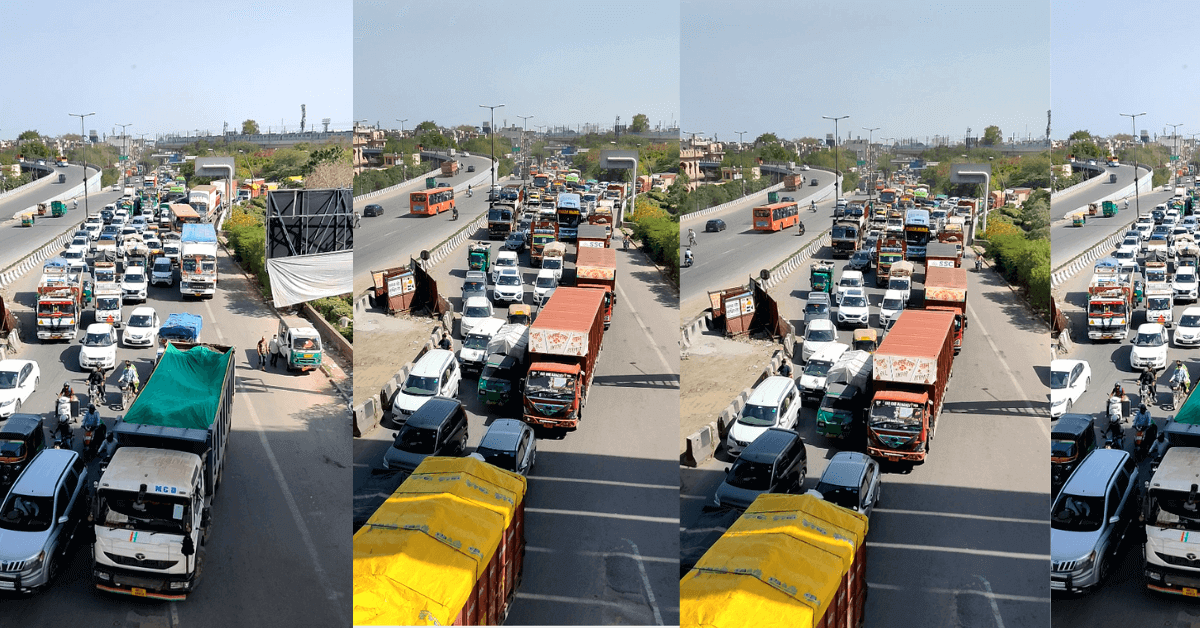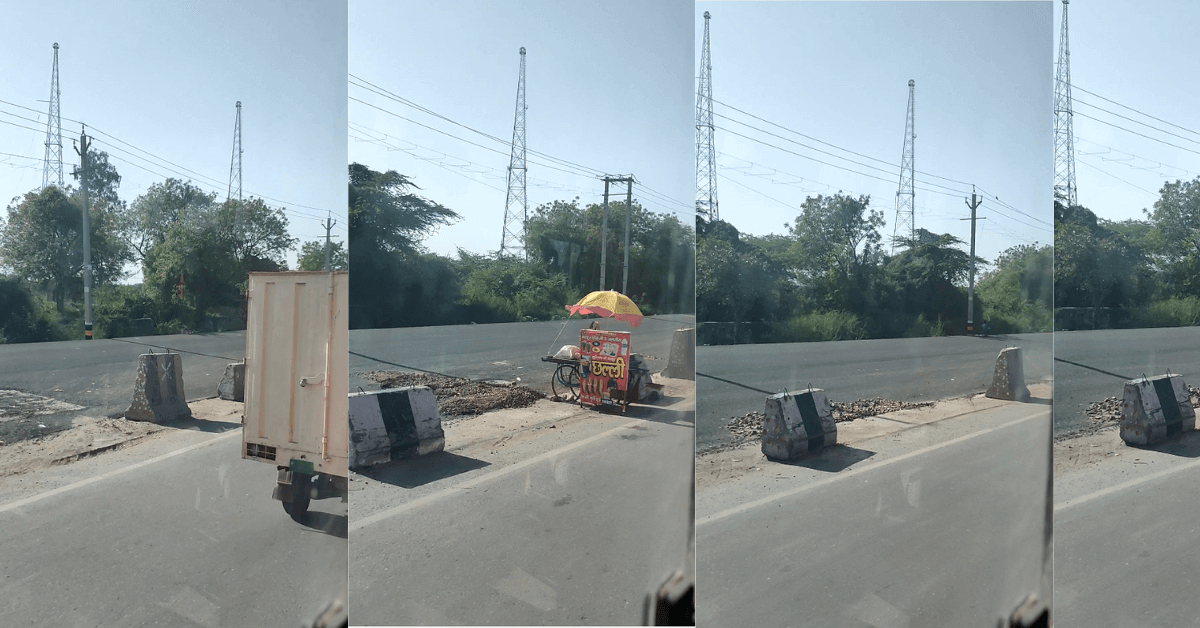Ancient road network Grand Trunk Road
GT Road, also known as Grand Trunk Road, is an ancient road network that spans across South Asia. And Connected the eastern and western regions of the Indian subcontinent.
Road length is 2,500 kilometers across Bangladesh, India, and Pakistan, This ancient road network has witnessed the rise and fall of empires, facilitated trade and commerce, and served as a conduit for the exchange of ideas, art, and traditions.
In this article, we embark on a journey along GT Road, exploring its historical significance, cultural heritage, architectural marvels, and the stories of the communities it connects.

Historical Significance Of GT Road
Grand Trunk Road was initially built by the Mauryan Empire in the 3rd century BCE. When Emperor Chandragupta Maurya constructed it to enhance trade and commerce throughout his empire.
Since then, it has been an important route for various empires, including the Kushan, Gupta, Mughal, and British Empires. The road has withstood the test of time and witnessed countless historical events, including battles, invasions, and the journeys of prominent historical figures.
Cultural Significance Of GT Road
Grand Trunk Road has been instrumental in shaping the cultural landscape of the subcontinent. Along its expansive route, we encounter diverse communities, historical landmarks, architectural wonders, and cultural heritage sites.
The road has been a witness to the rise and fall of empires, the spread of religions, and the exchange of ideas and traditions. Each city and town along Grand Trunk Road bears a testament to the region’s past glory and vibrant cultural fabric.
Trade and Commerce
GT Road has long been a lifeline for trade and commerce, connecting major cities and towns. Further, it facilitated the movement of goods, ideas, and people, contributing to economic development throughout history.
The road served as a vital trade route for various commodities, such as textiles, spices, precious stones, and agricultural produce.
Traders from different regions flocked to GT Road, exchanging their goods and enriching local economies. Even in the present day, Grand Trunk Road continues to be an important transportation corridor. Facilitating trade between different regions and serving as a backbone of economic activity.

Landmarks and Cities
GT Road winds its way through numerous significant cities and towns, each with its own historical, cultural, and architectural treasures. In India, it connects major cities like Kolkata, Delhi, and Amritsar, furthermore in Pakistan, it passes through Lahore, Gujranwala, and Peshawar.
These cities are repositories of fascinating history and vibrant cultural heritage. From the majestic Qutub Minar in Delhi to the imposing Badshahi Mosque in Lahore. GT Road is adorned with architectural marvels that bear witness to the region’s past glory.
However, the road offers a journey through time, allowing travelers to explore ancient monuments, palaces, forts, temples, mosques, and other structures. That showcases the architectural prowess of different eras.
Cultural Exchange Of GT Road
GT Road has played a significant role in facilitating cultural exchange throughout its long history. It has acted as a bridge connecting different cultures, religions, and traditions. Along the road, ideas, art, literature, and religious practices were shared and exchanged.
The cross-pollination of cultures along GT Road has influenced the development of various architectural styles, including Indo-Islamic and Indo-Saracenic, blending different cultural influences seamlessly. Temples, mosques, and other religious structures stand as testaments to the harmony and coexistence of diverse faiths.
Modern Development Of GT Road
As modern transportation infrastructure has evolved, GT Road has also transformed to accommodate increased traffic. The road was widened, improved, and integrated into the national highway systems.
However, amidst these changes, efforts have also been made to preserve the historic and cultural significance of the Grand Trunk Road. Heritage conservation initiatives, signage, and guided tours have been implemented to ensure that the road’s past is not forgotten.
Traveling on the Grand Trunk Road today is a mixture of history and modernity. This means travelers can experience the charm of the old world while enjoying better connectivity and amenities.
Conclusion
To sum up, Grand Trunk Road stands as living proof of the region’s rich history, cultural diversity, and the interconnectedness of its communities. It symbolizes the resilience and enduring spirit of the Indian subcontinent, offering a journey that transcends time, connecting the past, present, and future.
Exploring GT Road is an immersive experience that unveils the treasures of the subcontinent’s heritage, providing a deeper understanding of its cultural richness and historical significance.








